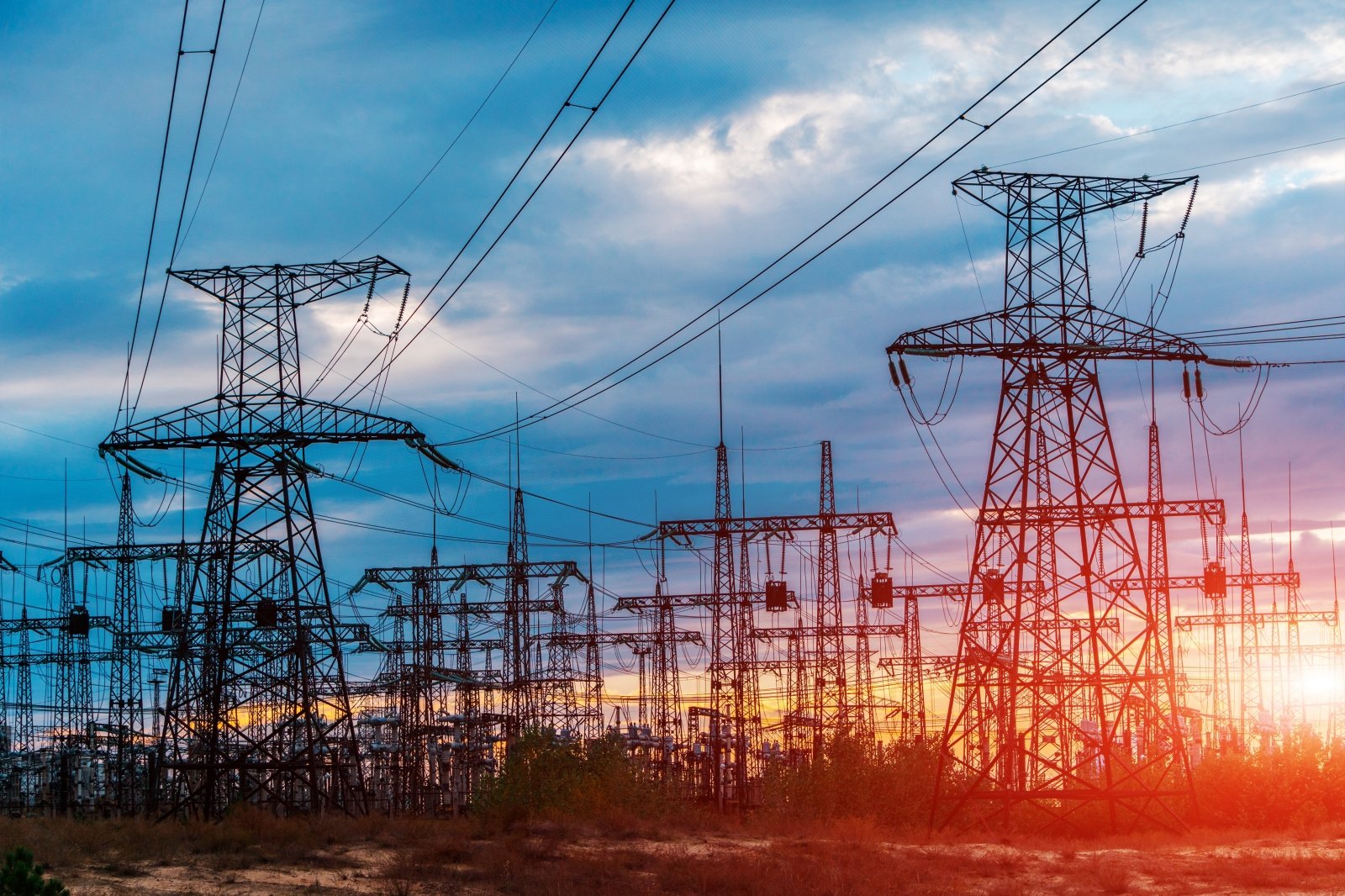Breaking Down Large-Scale Energy Storage
Articles, EV

Have you ever taken a second to wonder, what keeps us going?
Now before you start quoting Plato or Aristotle, we’re not posing a philosophical question – but quite literally what keeps our society running and functional?

From supplying power to the outlets in our homes, all the way to streetlights and other societal infrastructure, large-scale energy storage and distribution is managed via the electric power grid.
The ‘grid’, commonly referred to as an electrical grid, helps connect people that use energy with energy sources via a distribution system of power lines, substations, transformers, and power plants.
Let’s get into it.
What exactly is the electric power grid?
Large-scale energy storage (commonly referred to as grid energy storage) is an assortment of processes used for storing energy within an electrical power grid.

Electrical energy needs to be stored during periods where electricity is inexpensive and demand is low (typically due to intermittent energy sources such as renewable energy from solar power, hydropower, or wind power).
Then, this same energy is returned to the grid when electricity is more expensive, and demand is high.
In fact, thanks to progression in battery storage, commercially viable projects now have the ability to store energy during peak energy production, release energy during peak energy demand, and use said energy when necessary.
So electricity prices remain reasonable, and our lights stay on? Sounds like a win-win.
When it comes to energy storage, the US is in charge
According to the U.S. Energy Information Administration, energy storage capacity in the United States has increased vastly in 2021, now expanding over 4,000 megawatts.
The majority of this large-scale stored energy is battery storage and pumped hydroelectricity, which account for over 90% of electric storage capacity in the US as of 2020.
The remaining storage capacity in the US comes from other sources, such as compressed air storage, flywheel, and thermal storage.

So we’ve covered the vast amount of energy we have stored and the different forms of energy included, but did you know that storing electricity can actually provide some environmental benefits as well?
Try looking at it this way: The increased storage capacity allowed by means of electric storage also serves to avoid or at least delay the construction of additional power plants and infrastructure.
Not to mention stored energy allows energy-generation facilities to function as efficiently as possible, and can be used to integrate more energy from renewable sources into the electric grid.
While some potential negative impacts of electricity storage do exist, they mainly will depend on the efficiency of storage technology – such as the use of raw materials like lithium and lead, which can be hazardous for the environment if they aren’t recycled correctly.
Wrapping Things Up…
We’ve covered a few things today, let’s cover the main points one more time:
- The grid is not only responsible for storing and distributing our massive capacity for energy, but also managing our consumption and production during periods of low supply, and high demand.
- Through an intricate distribution system composed of power plants, transformers, generating stations, and power lines, large-scale energy storage connects energy sources with a society that needs energy.
These same power plants, generating stations, and transformers operate using control systems, which are expensive systems with strict access restrictions.
… and that’s where DIRAK comes in.
With our NEMA-rated enclosures in place, operators in these locations can better manage sensitive and valuable control system technology with maximum security and flexibility.

FAQ
- How is electric energy created?
- In order to create electricity, mechanical energy must be converted to electrical energy via a turbine generator set. In the cases of solar thermal, biomass, geothermal, petroleum, nuclear fission, coal, and natural gas: heat is used to produce steam, and said steam moves the turbine blades.
- What is the grid?
- The electrical grid is a distribution system of power lines, substations, transformers, and power plants that connects people that use energy with energy sources.
- Electricity in the US typically travels through a transmission grid of over 150,000 miles of high-voltage cables, starting at energy-generating facilities and ending their journey at local substations for further distribution.
- What sources are considered renewable energy?
- Geothermal, wind, biomass, solar power, and hydropower energy are all considered sources of renewable energy.
- What is a flywheel?
- A flywheel is a type of rotor that is accelerated by electricity in order to conserve the electric energy as kinetic rotational energy.
